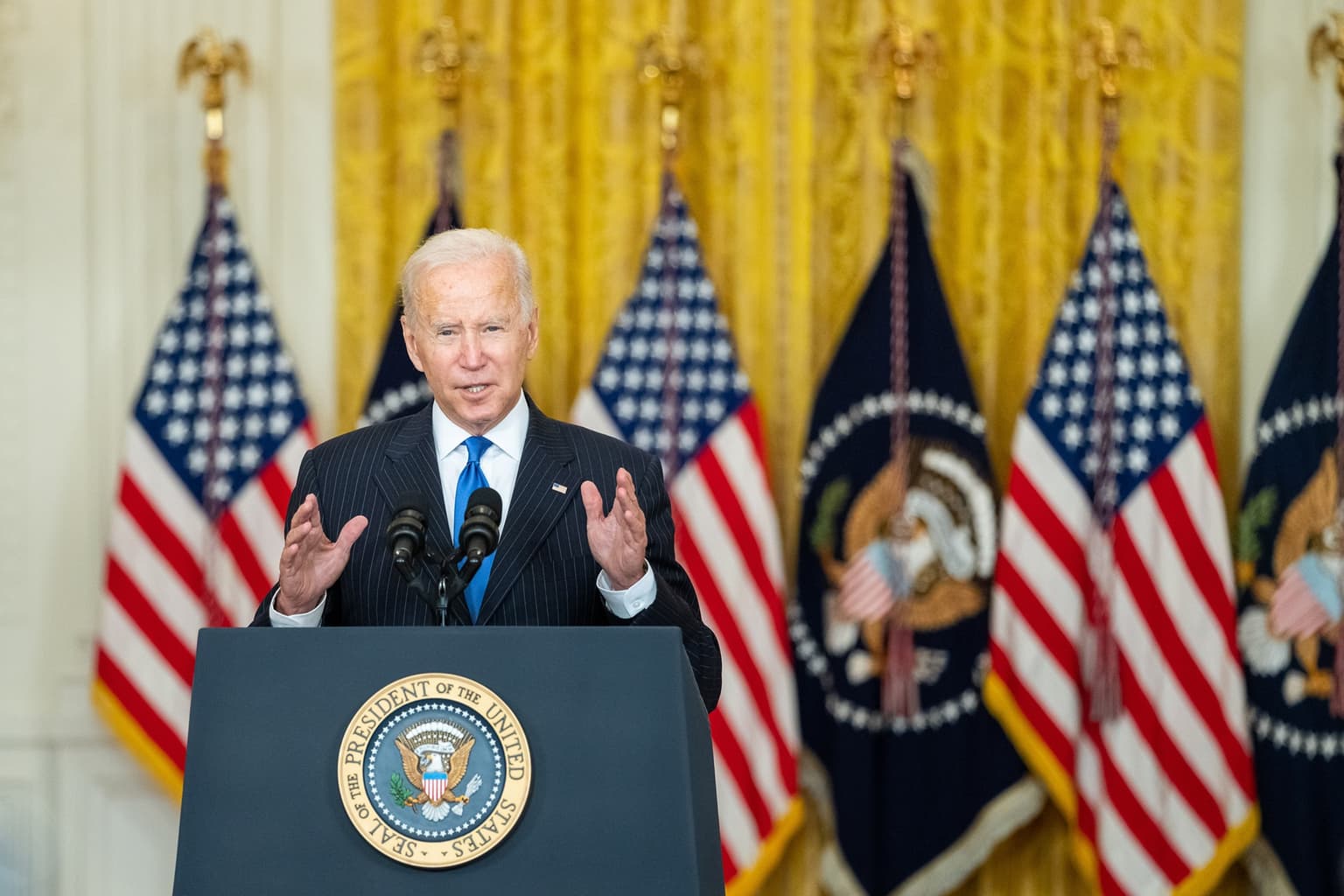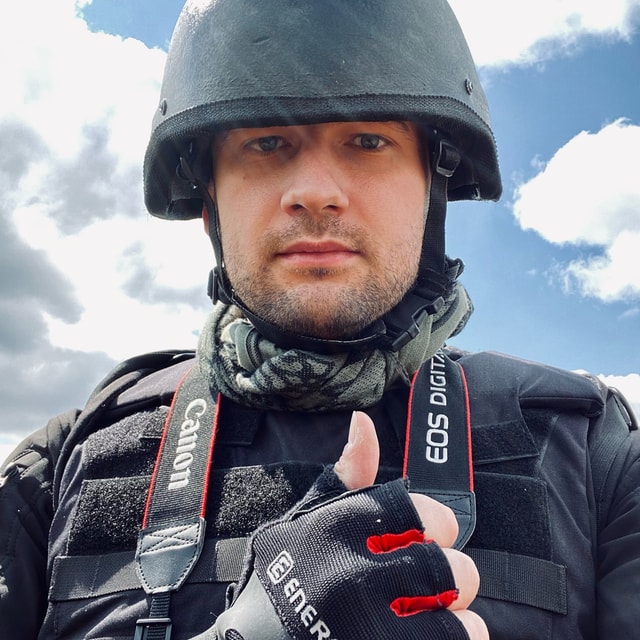Biden: 'I will not accept Russia's red lines on Ukraine'

As the crisis over Russia's potential full-scale invasion of Ukraine intensifies, the U. S. President Joe Biden says he is working on making the Russian blitz "difficult" and will not accept the Kremlin's "red lines" regarding Ukraine.
"What I am doing is putting together what I believe to be the most comprehensive and meaningful set of initiatives to make it very, very difficult for (Russian President Vladimir) Putin to go ahead and do what people are worried he's going to do," the U.S. leader said on Dec. 3.
Biden, however, did not elaborate on any certain steps planned by his administration.
The U.S. and the Russian leaders are expected to speak via a video conference within the next few days, according to the message from the White House.
In his speech, Biden was referring to multiple messages from the Kremlin stating that Ukraine's membership in NATO would be regarded as crossing "the red line," to which Russia would respond by taking "active measures." Over the recent months, the Alliance and some of its member nations rejected the threat saying that Russia has no veto right on Ukraine's foreign policies, including in terms of its rapprochement with the bloc.
Through November, the risk of a simmering Kremlin-led local static war in Ukraine's Donbas turning into a full-scale invasion escalated again as Russia was seen amassing large military power in regions bordering Ukraine and its occupied territories.
According to the latest estimates from Ukraine's Defense Ministry, Russia as of early December was expected to potentially employ over 94,000 troops in a full-scale invasion in early 2022, likely to target much of Ukraine's territory east of the Dnipro River and its Black Sea coastline in the south.
However, according to Ukraine's Defense Minister Olesksii Reznikov, the invasion is possible though not necessarily imminent.
On Dec. 3, the Washington Post reported referring to U.S. intelligence that Russia might employ up to a total of 175,000 troops echeloned in over 100 combined arms tactical battalion troops. German newspaper Bild quoted NATO sources saying that a full-scale invasion might envisage three consequent stages to seize Ukraine's southern coastline, then most of the northeast, and then the capital city, Kyiv.
The Ukrainian military is expected to fight back but be either totally defeated or partially retreat to Ukraine's west, according to the report. In this perspective, Western nations are allegedly considering providing Kyiv with the most advanced weaponry to counter the multilayered blitz, such as the Patriot air defense systems or the Harpoon ship killers.
However, according to the Ukrainian and Western intelligence, it is not known if the Russian leadership has made the ultimate decision about the war. Besides, many experts consider Russian moves as a major intimidation campaign to force the West into a deal on Ukraine or into certain concessions, particularly the Russian-German gas pipeline project Nord Stream 2, which faces difficulties with certification.
Read more: If Russia launches blitzkrieg into Ukraine, how would it look?
On Dec. 1, Vladimir Putin of Russia in his address demanded that NATO assumes formal obligations of non-extension in Eastern Europe, including Ukraine that has long sought membership in the Alliance.










